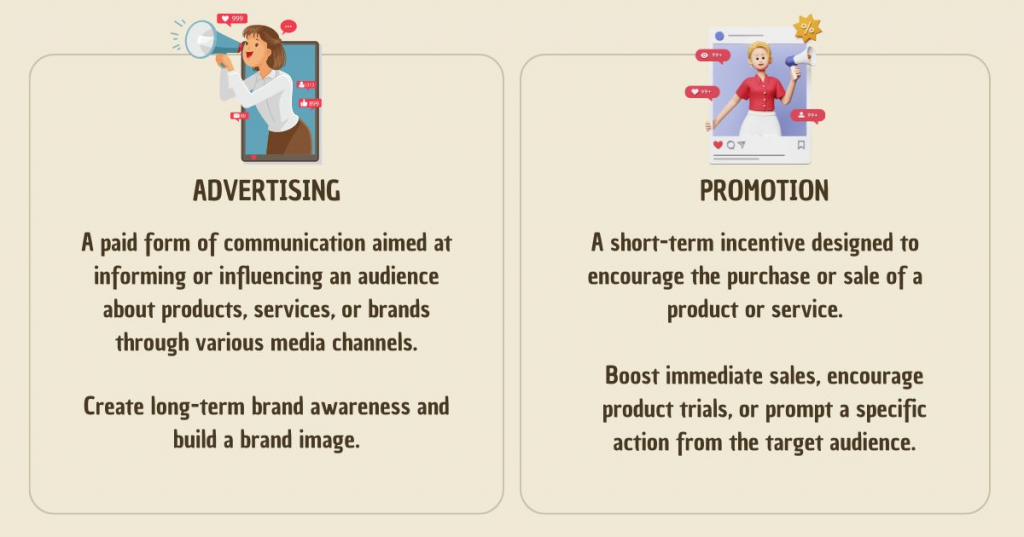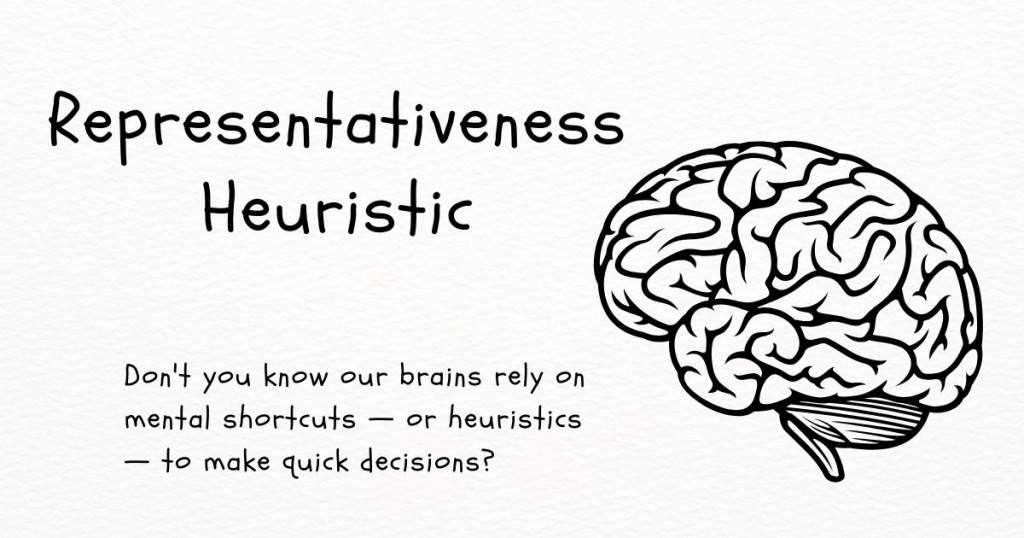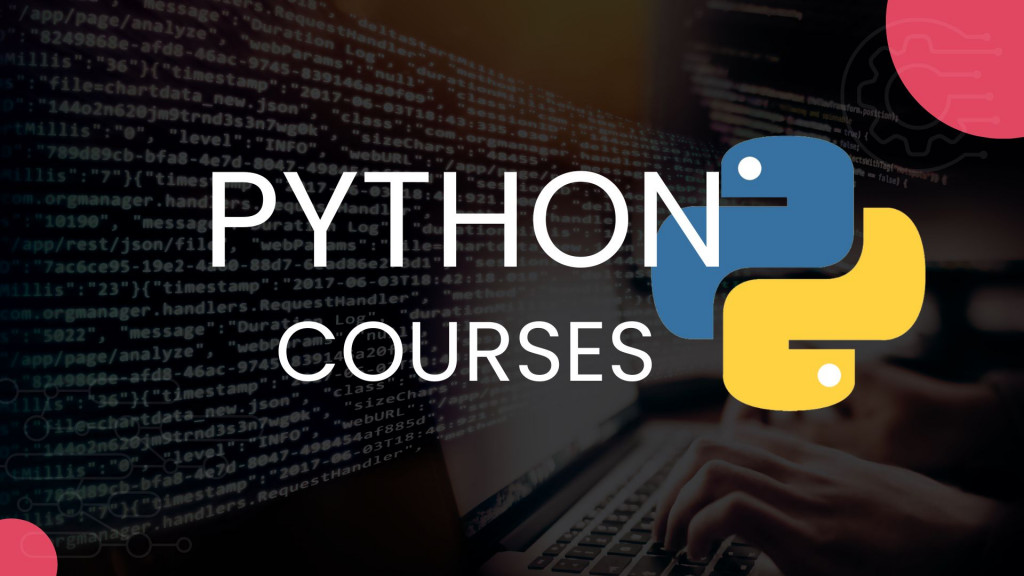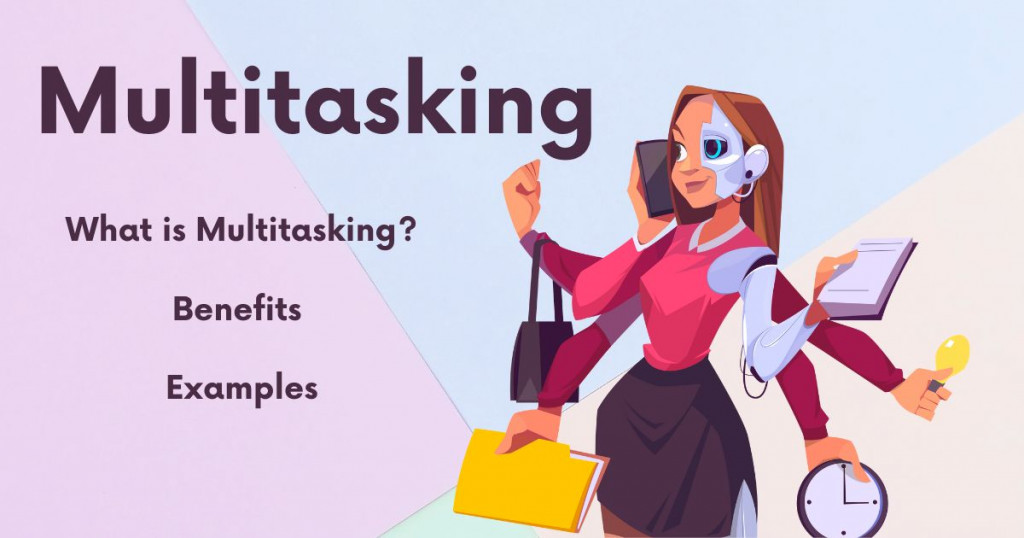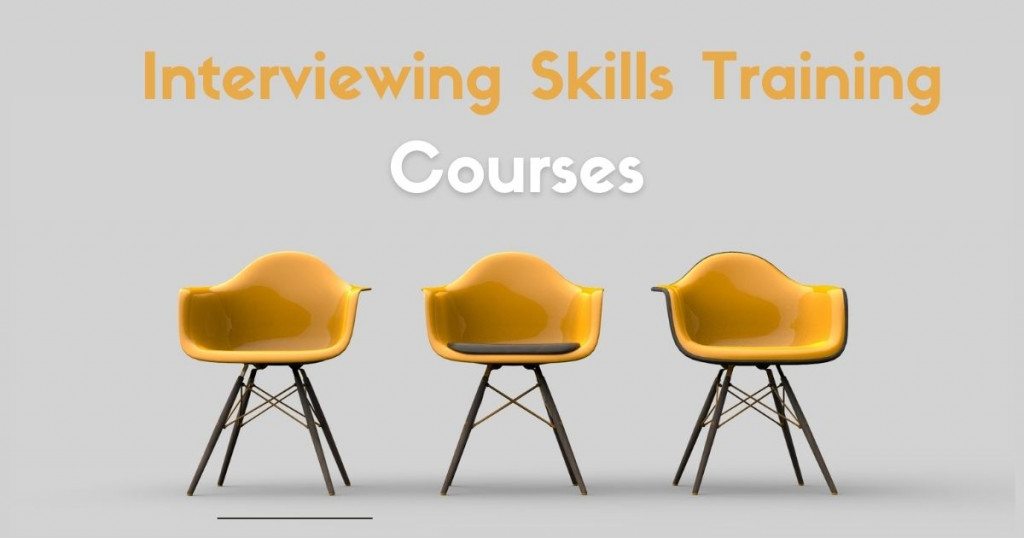What Is the Difference between Advertising and Promotion?
In the dynamic world of marketing, where businesses strive to capture consumer attention and drive sales, the terms "advertising" and "promotion" are often used interchangeably. While both aim to enhance brand awareness and influence purchasing decisions, their scope, control, and cost differ. Understanding these nuances is crucial for businesses to craft effective marketing strategies that resonate with their target audience.
This article will further explore the key differences between advertising and promotions to provide a comprehensive and clear view for those looking to improve their marketing strategy's effectiveness.
What is Advertising?
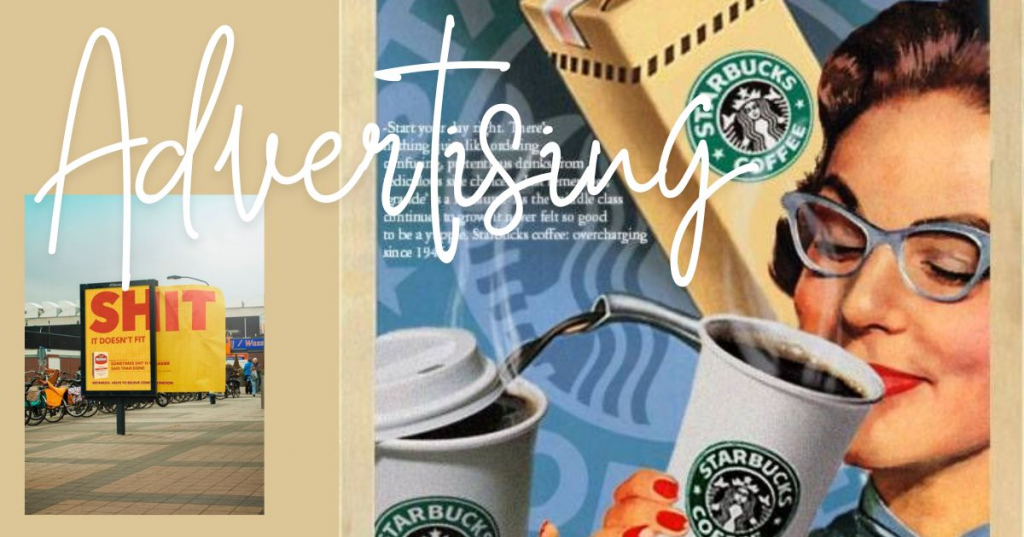
Advertising, the bedrock of brand awareness, is a communication technique employed to draw attention to a product, service, organization, or even an idea. It's essentially a persuasive message carefully crafted to influence how a target audience perceives something. The power of advertising lies in its ability to deliver targeted messages to a vast audience, promoting businesses to showcase their products, services, or brand identity.
Channels Galore
Gone are the days when advertising was confined to billboards and newspaper ads. Today, it thrives across a diverse range of channels, encompassing traditional media like television, radio, and print, as well as the ever-expanding digital realm. Online advertising encompasses social media platforms, search engine marketing, display advertising, and more.
Television commercials reach large audiences and are effective in creating emotional and visual connections. Radio advertising is more cost-effective and can be targeted to specific audience groups based on listening habits. Newspapers and magazines allow messages to be conveyed in more detail and tailored to local audiences or specific reader groups. Billboards and vehicle advertising attract attention in crowded places and provide continuous exposure.
Meanwhile, digital advertising is becoming increasingly popular with the development of the internet. Social media platforms like Facebook, Instagram, and X offer targeted advertising capabilities based on user behavior and demographics. Advertising on search engines like Google Ads helps businesses appear in search results when users are looking for information. Advertisements displayed on websites through banners and pop-ups also attract impact.
The Art of Persuasion
Effective advertising goes beyond simply informing consumers about a product. It uses persuasive language, visuals, and emotions to capture attention, spark interest, and ultimately nudge consumers toward a desired action, such as making a purchase, subscribing to a service, or visiting a website.
Additionally, the effectiveness of advertising lies in its ability to persuade consumers to favor a brand over its competitors by emphasizing distinct benefits and features. While not a direct goal, well-executed advertising can contribute to sales growth over time by building a strong brand presence.
Targeting the Right Audience
Advertisers leverage market research, demographics, and consumer behavior to tailor their messages to resonate with specific audiences. This targeted approach makes certain that advertising spending is maximized and reaches those most likely to be receptive.
The Creative Spark
Compelling advertising doesn't happen by accident. It's the product of creative minds who craft catchy slogans, develop captivating visuals, and weave stories that connect with consumers on an emotional level. Humor, nostalgia, and surprise are all tools in the advertiser's toolbox to grab attention and leave a lasting impression.
The Two Sides of the Coin
Advertising also faces many new challenges and trends. Advertising saturation makes it harder to stand out in a crowded market. Consumers are increasingly skeptical of advertising claims and seek honesty and transparency. Some argue that it can be manipulative or intrusive, bombarding consumers with unwanted messages.
The growth of ad-blocking software has also reduced its ability to reach online audiences. Stricter data privacy regulations stand in need of advertisers to be more careful in collecting and using consumer data. At the same time, the demand for personalized advertising is increasing, requiring advertising to speak directly to the individual needs and preferences of each consumer.
Elements of a Successful Advertising Campaign
A successful advertising campaign must have the basic elements. A clear objective is a prerequisite, defining what the campaign wants to achieve, such as brand awareness, launching a new product, or increasing sales.
Identifying and understanding the demographic and psychographic characteristics of your target market is fundamental to crafting appropriate messaging. Creative messaging needs to be engaging and convey the brand's values.
Choosing the right media channels based on where your target audience is most likely to reach is also important. Budgets need to be allocated effectively to maximize reach and impact while staying within financial limits. Finally, track performance using metrics like reach, engagement, conversions, and return on investment (ROI) to evaluate your campaign's effectiveness.
Advertising is a strategic communication process that companies use to promote their products, services, or brands to target audiences through various media channels. It is an important part of your marketing plan and plays a key role in creating awareness, attracting interest, and building brand loyalty.
What is Promotion?
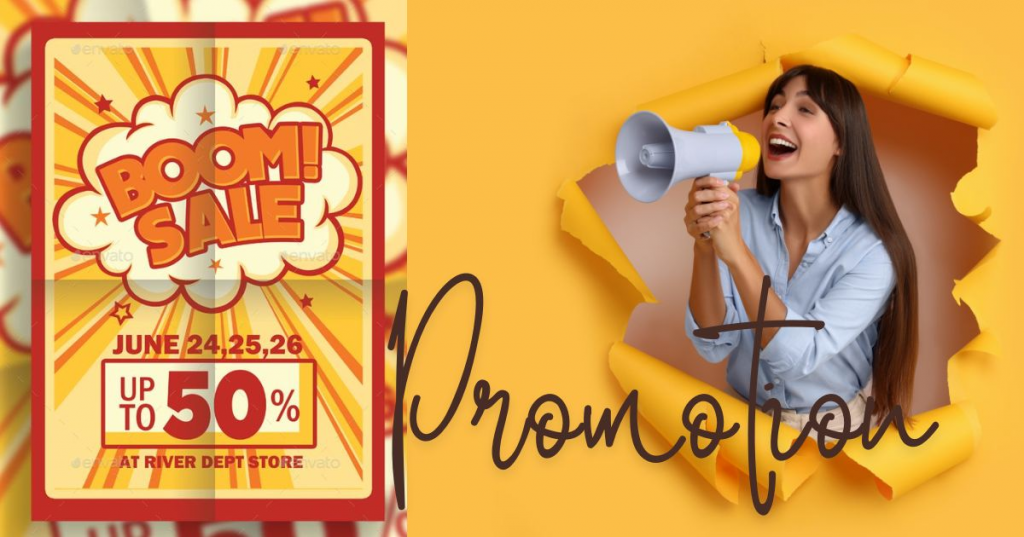
Promotion, the engine that drives sales and brand engagement, is a broad spectrum of marketing activities used to stimulate interest and ultimately encourage customers to purchase a product or service.
Building Brand Advocacy
Effective promotion can extend beyond direct sales efforts. Social media marketing leverages the power of online communities to create brand awareness, engage with customers, and even turn them into brand advocates. Influencer marketing taps into the credibility and reach of social media personalities to promote products or services to their established audience.
Engagement Through Content
Content marketing is a strategic approach to creating and sharing valuable content, such as blog posts, articles, videos, or infographics. This content educates and entertains the target audience, establishing the brand as a thought leader and fostering trust and loyalty.
Purpose
One of the main objectives of promotional activities is to boost immediate sales by encouraging customers to make a purchase right away. Promotions also help attract new customers by offering appealing incentives and encouraging them to try a product or service.
Additionally, promotions can strengthen customer loyalty by offering rewards and special deals to existing customers, encouraging repeat business. Furthermore, promotions are effective in introducing new products to the market by offering discounts or free samples, enticing customers to give the new offerings a try.
Types of Promotion
Direct Discounts:
- Percentage Discounts: Offering a percentage off the retail price of a product or service.
- Cash Discounts: Reducing a fixed amount from the retail price.
Coupons:
- Printed Coupons: Physical coupons that can be used at the point of sale.
- Digital Coupons: Promo codes that can be entered when shopping online.
Loyalty Programs:
- Points Systems: Customers accumulate points with each purchase and can redeem them for rewards.
- Exclusive Offers: Special deals and discounts are available only to members of a loyalty program.
Product Samples:
- Free Samples: Offering free samples of a product to allow customers to try before they buy.
- Buy One Get One Free (BOGO): Promotions that offer a free product with the purchase of another.
Contests and Sweepstakes:
- Contests: Competitions that require customer participation for a chance to win prizes.
- Sweepstakes: Random draws where customers receive entries for purchasing or participating.
The Measurable Impact
Unlike some marketing tactics, promotion offers businesses the ability to track and measure its effectiveness. Businesses can monitor metrics like website traffic, conversion rates, and coupon redemption rates to assess the success of their promotional efforts and identify areas for improvement.
Elements of a Successful Promotion
Promotions often have a limited time frame to create a sense of urgency and prompt quick action from customers. Effective promotion also requires comprehensive communication across various media channels to ensure that the target audience is aware of the offer.
Finally, measuring the effectiveness of the promotion through metrics like sales increase, participation rates, and customer feedback is essential to assess its success and make necessary adjustments.
Challenges and Trends
Promotions can be costly, especially when deep discounts or free products are offered. They tend to have a short-term impact, leading to temporary sales spikes but not necessarily sustained growth. Some customers might become "deal hunters," only purchasing when there are promotions, which can undermine regular sales.
The competitive landscape is fierce, with many businesses running promotions simultaneously, making it harder to stand out. Moreover, personalization is an emerging trend, so businesses should tailor promotions based on customer data to enhance effectiveness and engagement.
In conclusion, promotion is a powerful marketing tool that aids businesses achieve various objectives, from boosting sales to maintaining customer loyalty. However, for promotions to be effective, they need careful planning, timely execution, and close monitoring to ensure they meet the intended goals.
Key Differences Between Advertising and Promotion
Advertising and promotion are both integral components of a company's marketing strategy, but they serve different purposes and use different approaches. Here’s a breakdown of the key differences between the two:
| Basis | Advertising | Promotion |
| Definition | Advertising is a paid form of communication aimed at informing or influencing an audience about products, services, or brands through various media channels. | Promotion is a short-term incentive designed to encourage the purchase or sale of a product or service. |
| Purpose | Create long-term brand awareness and build a brand image. | Boost immediate sales, encourage product trials, or prompt a specific action from the target audience. |
| Duration | Advertising campaigns run over a longer period and are part of a continuous strategy. | Promotions are typically short-term and are used to achieve quick results. |
| Mediums | Advertising is a more specific type of promotion that focuses on paid messages delivered through controlled media channels. These channels can be traditional (TV, radio, print) or digital (online ads, social media). | Promotion is a broader term that encompasses all marketing activities used to generate interest and sales. It includes advertising, but also other strategies like public relations, sales promotions, personal selling, and direct marketing. |
| Control | Advertisers have more control over the message and placement of their ads. They pay for space or time in specific media outlets to reach their target audience. | While promotions have set rules and conditions, the response can be more unpredictable compared to advertising. Public relations relies on earned media coverage, where journalists or influencers decide how to present the information. |
| Cost | Advertising often has a higher upfront cost to pay for ad space or time. However, it can be a very targeted and efficient way to reach a large audience. | Promotional activities can range in cost, with some strategies (like social media marketing) being relatively inexpensive. |
| Measurement | Metrics like brand recognition, reach, impressions, and changes in consumer perception. | Immediate sales increases, redemption rates of coupons or offers, and customer engagement levels. |
Conclusion: A Synergistic Approach to Marketing Success
Advertising and promotion, though distinct in their approaches, are not mutually exclusive. They often work in tandem to amplify a brand's message and achieve marketing goals. In essence, advertising helps build and maintain brand identity over time, while promotion drives short-term sales and customer engagement. Both are crucial for a balanced marketing strategy.
A well-crafted marketing strategy will strategically integrate both advertising and promotional activities, leveraging their strengths to maximize impact and reach.
Businesses that effectively navigate the maze of marketing, understanding the nuances of advertising and promotion, will be well-positioned to capture consumer attention, build brand loyalty, and drive sustainable growth.
Here's an analogy to better understand the difference:
Think of advertising as a specific TV commercial promoting a new brand of shoes. The commercial is a paid message with a controlled message and placement. Promotion, on the other hand, is like the entire launch campaign for the shoe brand. It would include the TV commercial but also social media promotions, influencer marketing, in-store displays, and even coupons – all working together to generate excitement and sales for the new shoes.
Skilltrans introduces a range of courses that might just be the stepping stones you need for success. Please click on the course name below to learn more:
Advertising Strategy Fundamentals: Upskill to Drive Growth
Welcome to "Advertising Strategy Fundamentals: Upskill to Drive Business Growth" a comprehensive course designed to equip you with the essential skills to create effective advertising strategies that resonate with your audience and drive business growth. Whether you're a marketer, product manager, CMO, business owner, direct seller, freelancer, entrepreneur, business coach, or startup founder, this course will provide you with actionable insights and practical frameworks to elevate your advertising efforts.
Mastering Paid Ads: Google Ads, Facebook Ads, LinkedIn Ads
Begin with Google Ads mastery, learning to create compelling campaigns, conduct keyword research, and optimize for top performance. Understand the intricacies of ad formats, bidding strategies, and ad extensions to ensure your campaigns stand out and deliver results.
Move on to Facebook Advertising, where you'll discover advanced targeting techniques, ad creation strategies, and pixel implementation for precise audience engagement. Explore the power of Custom Audiences, Lookalike Audiences, and retargeting campaigns to drive conversions and build brand loyalty.
Finally, dive into LinkedIn Ads strategies tailored for B2B marketing success. Reach decision-makers and professionals with impactful sponsored content and InMail campaigns. Learn to leverage LinkedIn's unique targeting options, such as job title, company size, and industry, to connect with the right audience.
Unlocking the Secrets of Successful Online Course Creation
This course is a treasure trove of insights, strategies, and practical tips designed to take you from a novice to a proficient online course creator. Whether you're passionate about sharing your knowledge or looking to establish a lucrative educational venture, this course guides you through every critical step.
From setting clear, achievable goals to choosing a captivating course topic that resonates with your audience, you'll learn how to navigate the competitive landscape and make your course stand out. Discover the keys to engaging course content creation, including direct-to-camera videos and slides, and master the nuances of pricing, marketing, and student engagement to ensure your course is a hit.
By the end of this journey, you'll be equipped with the tools and confidence to launch a course that not only educates but inspires and connects with learners worldwide. Join us to transform your expertise into an impactful learning experience that sells.
Conclusion
As the marketing landscape continues to evolve, the ability to adapt and leverage the right combination of advertising and promotional tactics will be crucial for businesses to stay ahead of the curve and achieve their marketing goals. By understanding the nuances of each approach and embracing their complementary strengths, businesses can craft a symphony of marketing strategies that captivate consumers, build brand loyalty, and pave the way for long-term success.
To keep up to date with all the diverse changes in advertising and promotion in particular and the marketing industry in general, you can sign up for Skilltrans courses today. We have preferential prices and useful courses just for you.

Meet Hoang Duyen, an experienced SEO Specialist with a proven track record in driving organic growth and boosting online visibility. She has honed her skills in keyword research, on-page optimization, and technical SEO. Her expertise lies in crafting data-driven strategies that not only improve search engine rankings but also deliver tangible results for businesses.
